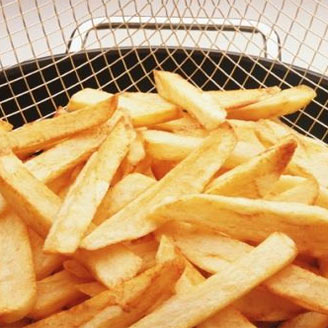

Yo-yo dieter Janet Jackson reveals her ultra-thin waist
By Donna Mcconnell
Last updated at 10:55 PM on 01st April 2008
Yo-yo dieter Janet Jackson has clearly gained some new found discipline,as the singer revealed her tiny, waspish waist at an awards ceremony in Los Angeles on the weekend.
The 41-year-old singer, has fought the battle of the bulge again to reveal a stunning figure, and looks years younger.
Janet stunned onlookers at the Nickelodeon Kids Choice Awards when she arrived wearing a fifties-style cinched waist dress exhibiting her tiny waspish waist.
Thin is back in: Janet Jackson revealed her ever-decreasing figure, and a waspish waist at the Nickelodeon Teen Choice Awards in Los Angeles on the weekend
Just last year the singer had piled on the pounds, and looked very bulky when seen jogging on the beach.
But she dropped 60 pounds in just four months and is now planning to cash in on her new look - by publishing her own "emotional eater" diet book later this year.
Janet, whose new album is called Discipline has clearly exerted some serious will power to get back into shape.
And now she appears to have lost even more weight, or maybe she's just opted for a little help from a cannily concealed corset.
Janet, who is dating music producer Jermaine Dupri, 34, has a history of yo-yoing weight, and has previously spoken about her battle to keep it under control.
In an interview with US television show Extra she said: "I could not believe how big I was, how heavy I really was.
"I would see myself in the mirror, but I wouldn't look too often. I didn't want to get used to that image."
There was speculation that Janet's weight-loss was a result of plastic surgery, but she denied the rumours and said: "It does drive me crazy...because I've worked real hard."
Share this article:









